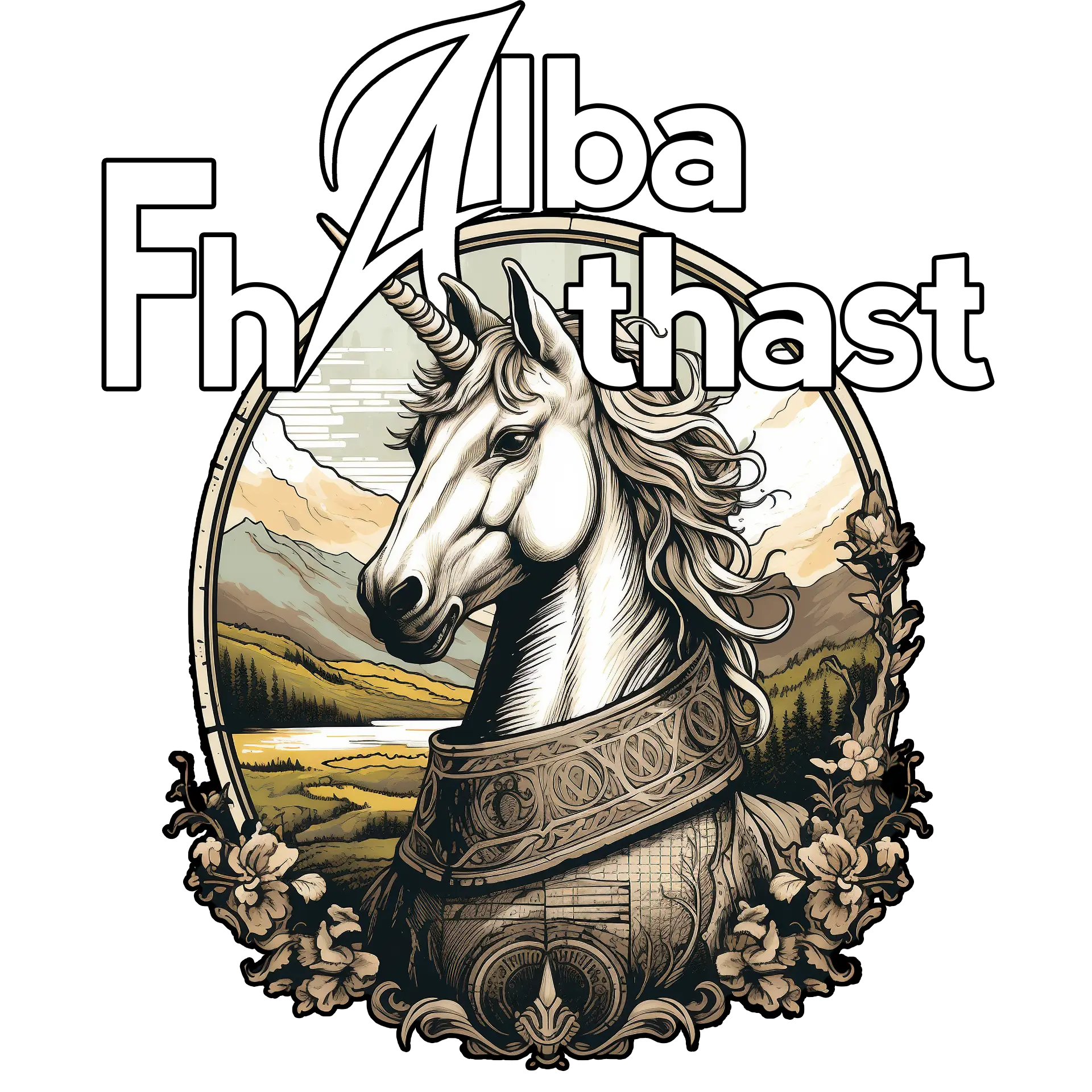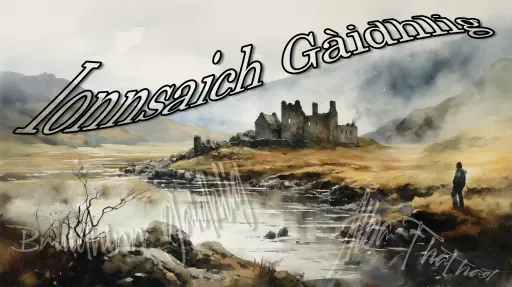Several countries around the world have mythical creatures as their chosen national animal, but as far as I’m aware only Scotland has the Unicorn. Obviously, Scotland did not invent Unicorns (there are references to them in the Bible after all) but we adopted them around the 15th century.
Around this time European nations were all selecting animals to represent them and James I picked the Unicorn, although the reasons for this choice do not seem to have been recorded. Once selected though the Unicorn became an increasingly common emblem throughout Scotland and James III used it as the emblem on the gold coins issued at that time.
The Unicorn can also be seen on many monuments throughout Scotland including the Mercat crosses throughout the country. In Edinburgh you will see them on the heraldic shield by the gates of Holyrood Palace and in the Royal Apartments at Edinburgh Castle or in the woodcarvings at St Giles’ Cathedral. Other places you can find Unicorns include on the facade of Craigmillar Castle, the Hunt of the Unicorn tapestries in Stirling Castle, and HMS Unicorn in Dundee. [mfn]https://www.nts.org.uk/stories/the-unicorn-scotlands-national-animal[/mfn]
The lion and the unicorn
Nursery Rhyme from the 18th Century
Were fighting for the crown
The lion beat the unicorn
All around the town.
Some gave them white bread,
And some gave them brown;
Some gave them plum cake
and drummed them out of town.
After it’s adoption the Unicorn was used on both sides of the coat of arms to hold it up, however, after the Union of the Crowns, one of the Unicorns was replaced with a Lion, which is the animal of England. Interestingly in Scotland the Unicorn is on the right, while in England it is shown on the left. [mfn]https://www.nms.ac.uk/explore-our-collections/stories/global-arts-cultures-and-design/unicorn[/mfn]
The nursery rhyme quoted above become popular in the early 18th century, shortly after the Union of the Crowns and is clearly a commentary on the long running animosity between the Scots and the English and how that played out. The rhyme was then adopted and used by Lewis Carrol in Through the Looking Glass which no doubt added to its enduring popularity.
Discover more from Alba Fhathast
Subscribe to get the latest posts sent to your email.




